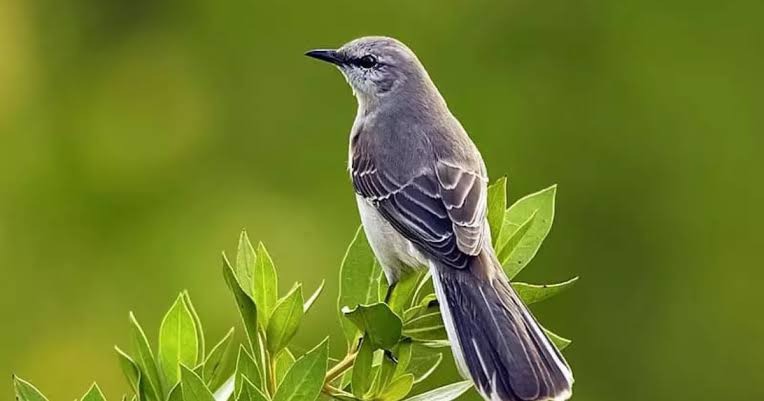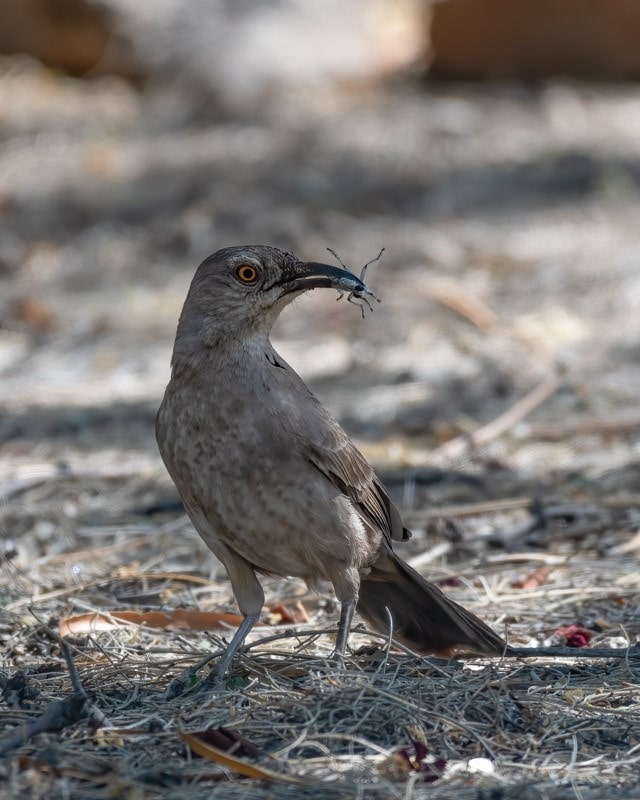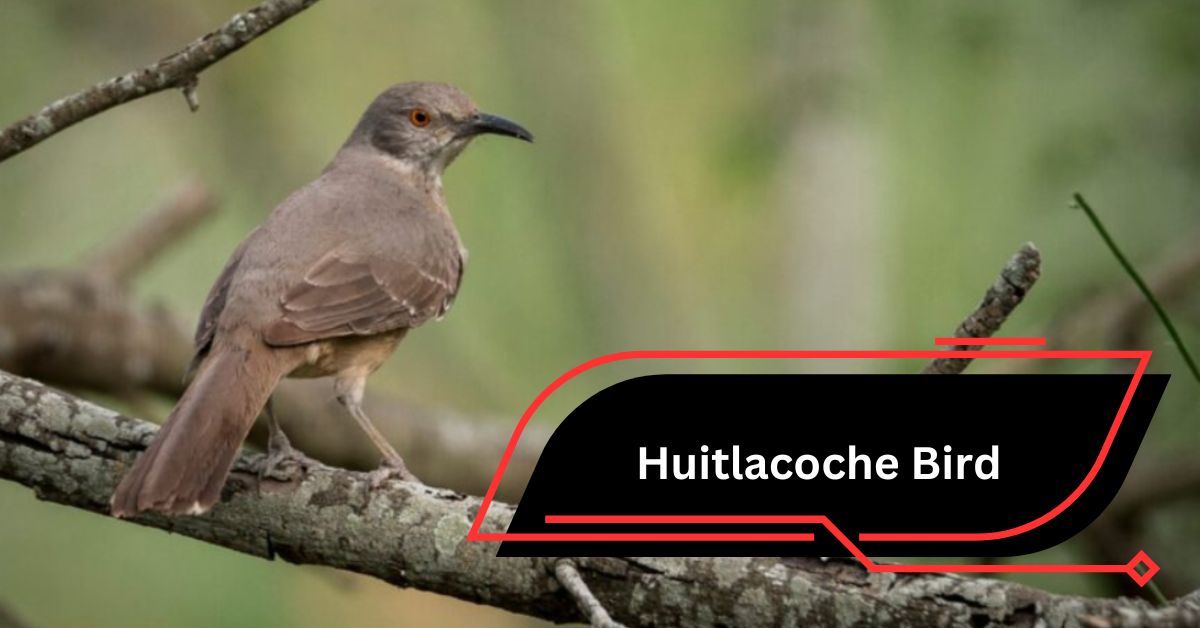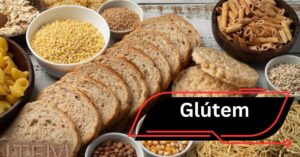The huitlacoche bird, or curve-billed thrasher, is a songbird from Mexico and Central America. It’s known for its amazing ability to mimic other birds’ sounds. Even though it looks plain with its brown feathers, it’s a star in the bird world because of its varied and beautiful songs.
The huitlacoche bird, or curve-billed thrasher, is a fascinating songbird native to Mexico and Central America. Known for its remarkable ability to mimic other birds’ calls, this bird plays a crucial role in its ecosystem by controlling insect populations and dispersing seeds.
Ever wondered about the huitlacoche bird? Learn about this unique bird’s remarkable features, behaviors, and its role in the ecosystem. Find out what sets the huitlacoche bird apart and why it’s catching the eye of bird enthusiasts and nature lovers.
What is the huitlacoche bird?
The huitlacoche bird, also known as the curve-billed thrasher, is a songbird native to Mexico and Central America. It has a brownish appearance with a curved bill and is known for its remarkable ability to mimic the calls of other birds. This bird is not very colorful, but its vocal talents make it special in the bird world.
The huitlacoche bird plays an important role in its ecosystem. It helps control insect populations by eating pests and also spreads seeds, which helps plants grow. its unusual name, it’s a fascinating creature with a unique place in nature.
Where is the huitlacoche bird commonly found?
The huitlacoche bird is commonly found in Mexico and parts of Central America. It prefers habitats like deserts, scrublands, and open woodlands, where it can easily find insects and seeds to eat. These environments provide the bird with plenty of space to roam and plenty of food.

You might spot the huitlacoche bird in areas where cornfields and low shrubs are common. It’s not widely seen outside of its native region, so if you’re traveling through Mexico or Central America, keep an eye out for this unique bird in these natural settings.
Read: Spartan Capital Securities Llc Broker Jordan Meadow – Build A Strong Financial Plan!
Why is the huitlacoche bird significant in its habitat?
The huitlacoche bird plays an important role in its habitat by helping to control insect populations. It eats bugs like beetles and grasshoppers, which can damage crops and plants. By keeping these insects in check, the bird helps maintain a healthy balance in the ecosystem.
Additionally, the huitlacoche bird spreads seeds as it moves around. When it eats fruits or seeds, it drops some of them in different places. This helps new plants grow in various areas, supporting plant diversity and helping the environment thrive.
How does the huitlacoche bird impact its ecosystem?

- Insect Control: The huitlacoche bird eats insects like beetles and grasshoppers, reducing the number of pests that can harm plants and crops.
- Seed Dispersal: It spreads seeds through its droppings, aiding in the growth of new plants and supporting plant diversity.
- Ecosystem Balance: By controlling insect populations and promoting plant growth, the bird helps maintain a healthy and balanced ecosystem.
- Habitat Support: Its activities contribute to the overall health of its habitat, benefiting other species that rely on the same environment.
- Pollination: While feeding on plants and insects, the huitlacoche bird may also assist in pollination some plant species, supporting their reproduction.
- Nutrient Cycling: The bird’s droppings enrich the soil with nutrients, promoting healthier plant growth and contributing to soil fertility.
- Predator-Prey Dynamics: By controlling insect populations, the bird helps maintain natural predator-prey relationships, which can prevent overpopulation of certain species.
- Habitat Structuring: Its feeding and nesting behaviors can influence the structure of vegetation in its habitat, creating niches for other wildlife.
- Indicator Species: The health and behavior of the huitlacoche bird can signal changes in environmental conditions, making it a useful indicator for habitat health.
Read: Tommanesha2019 – A Leading Art Player in the Last Decade!
What does the huitlacoche bird eat?
The huitlacoche bird primarily feeds on insects, which are a key part of its diet. It searches for beetles, ants, and other small bugs, which it finds in the ground and among plants. This diet helps the bird stay healthy and energetic.
In addition to insects, the huitlacoche bird may also peck at fruits and seeds. Sometimes, it feeds on huitlacoche (a fungus that grows on corn), although this isn’t a regular part of its diet. By eating a variety of foods, the bird helps keep its ecosystem balanced.
When is the best time to observe the huitlacoche bird?
The best time to observe the huitlacoche bird is early in the morning. This is when the bird is most active, singing its songs and searching for food. The cool, quiet hours of dawn provide a perfect chance to see and hear it as it starts its day.
Another good time to spot the huitlacoche bird is late afternoon. As the sun begins to set, the bird becomes active again, preparing for the evening. During these times, you can catch it flying around or calling out, making it easier to spot and enjoy its unique behaviors.
What are the physical features of the huitlacoche bird?

- Coloration: The huitlacoche bird typically has dull brown or grayish feathers, which help it blend into its surroundings.
- Size: It is medium-sized, with a length of around 25 to 30 centimeters (10 to 12 inches).
- Bill: Features a curved bill, which is well-suited for foraging and feeding on insects.
- Eyes: Has bright, alert eyes that help it spot predators and prey.
- Tail: Its tail is long and slender, aiding in balance and maneuverability while flying.
- Plumage Patterns: The feathers have subtle patterns that provide camouflage among the leaves and branches of its habitat
- .Legs and Feet: Strong and sturdy legs with talons, adapted for perching and catching insects.
- Wings: Broad wings that allow for strong, steady flight and agile maneuvering.
- Song: Known for its wide range of vocalizations, including complex calls and mimicry of other bird species.
- Crest: Some individuals may have a slight crest on their head, adding to their distinctive appearance.
- Body Shape: Robust and slightly elongated body, giving it a streamlined appearance.
- Feather Texture: Feathers are relatively coarse, aiding in camouflage and protection against the elements.
Read: Waters Cryptopronetworkcom – Your Ultimate Guide To Crypto Trading!
How Can Conservation Efforts Help The Huitlacoche Bird?
Conservation efforts can help the huitlacoche bird by keeping its home safe and clean. Protecting the forests and fields where the bird lives ensures it has a good place to find food and build nests. This way, the bird can live and thrive without worrying about losing its home.
Also, teaching people about the huitlacoche bird can make a big difference. When more people know how important it is to protect the bird and its environment, they are more likely to support actions that help. This can lead to better care of the bird’s habitat and ensure it remains a healthy place for the bird to live.
Read: Derek Lipp Net Worth – Find Out His Net Worth Now!
FAQS:
1. What makes the huitlacoche bird unique compared to other birds?
The huitlacoche bird is unique due to its exceptional mimicry skills. It can imitate the calls of numerous other bird species, making its songs varied and complex.
2. Is the huitlacoche bird endangered?
The huitlacoche bird is not currently classified as endangered, but it faces threats from habitat loss and environmental changes. Conservation efforts are important to ensure its continued survival.
3. How can I attract the huitlacoche bird to my backyard?
To attract a huitlacoche bird, you can provide a suitable habitat with native plants, offer food sources like insects and fruits, and create a bird-friendly environment with water sources and shelter.
4. What are the mating rituals of the huitlacoche bird?
During mating season, the huitlacoche bird performs elaborate songs and displays to attract a mate. Its vocal performance is a key part of its courtship behavior.
5. Do huitlacoche birds migrate?
The huitlacoche bird generally does not migrate. It remains in its home range year-round, though it may move locally in response to changes in food availability or habitat conditions.
CONSULASTION:
In conclusion, the huitlacoche bird is an amazing creature known for its beautiful singing and important role in nature. It helps control insect populations and adds to the diversity of its environment.
By supporting efforts to protect its habitat, we can ensure this special bird continues to thrive and bring joy to those who listen to its song.
Read more:


